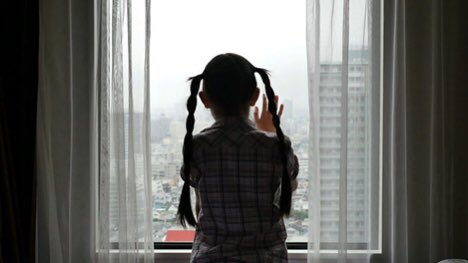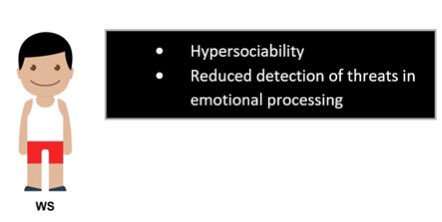*** Our paper is finally out!! ***
We found that adolescence is a critical period for social isolation stress in C57BL/6J mice, producing a hypersocial phenotype in both females and males.
Click here for full text: https://www.frontiersin.org/articles/10.3389/fnbeh.2020.00129/full
https://www.frontiersin.org/articles/... href="https://twtext.com//hashtag/1stGen"> #1stGen #Boricua
We found that adolescence is a critical period for social isolation stress in C57BL/6J mice, producing a hypersocial phenotype in both females and males.
Click here for full text: https://www.frontiersin.org/articles/10.3389/fnbeh.2020.00129/full
Understanding how adolescent isolation stress alters neurophysiology and behavior may prove crucial to treating stress-related disorders.
We evaluated the behavioral consequences of prolonged social isolation on behavior in male and female C57BL/6J mice and determined whether adolescence was a specific period of stress sensitivity.
We found that prolonged isolation during adolescence resulted in a hypersocial phenotype in adulthood, similar to Williams syndrome (ws) in humans.
Aberrantly high social exploration may be maladaptive in settings in which social caution or defensive behavior is more appropriate.
Main takeaways:
1. Adolescence is a critical period for social stress in C57BL/6J mice, producing aberrant social behavior in a sex-independent manner.
2. Chronic individual housing in adulthood does not alter basal behavioral phenotypes.
1. Adolescence is a critical period for social stress in C57BL/6J mice, producing aberrant social behavior in a sex-independent manner.
2. Chronic individual housing in adulthood does not alter basal behavioral phenotypes.

 Read on Twitter
Read on Twitter




